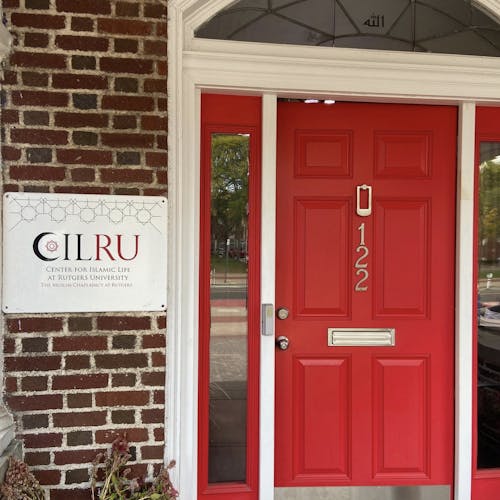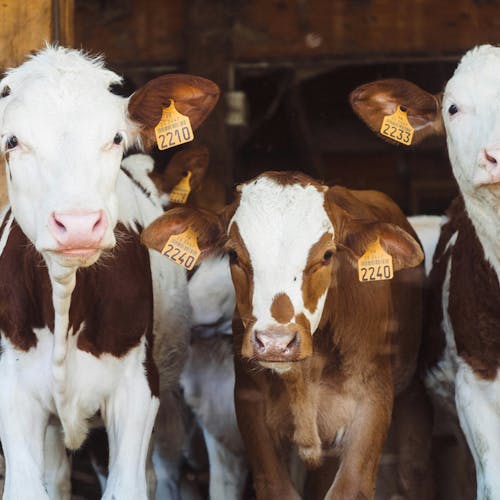Tech Tuesday: How is your home heated?

As the fall season ends and winter begins, temperatures are dropping, leading people to activate their central heating. Heating and cooling account for more than half of the energy usage in the average U.S. home, according to the U.S. Department of Energy.
Central heating distributes heat around a house from a central source. This happens by heating water and then moving the water around the house through a series of pipes, according to the HeatSmart.
The heat can be distributed either by connecting the pipes to radiators in every room or by running the pipes under the floors, according to the site.
Radiators typically require high temperatures in order to function, which can only come from a combustible boiler. Floor heating requires much less energy and can be powered by any heat source, according to the site.
Heat transfer works between objects through three general processes, conduction, radiation and convection, according to the U.S. Department of Energy.
Conduction is the process by which heat travels through solid materials. An example of this is when a room becomes warmer because of heat from outside moving in through the walls, according to the site.
Radiation is when heat comes from both visible and non-visible light, such as sunlight. This can be observed when a person feels the heat from a heated stove but is not directly touching the stove, according to the site.
Convection is the process behind hot air heating objects that it comes into contact with. With things like radiators, the air gets heated and through convection that air heats objects in the room as it circulates, according to the site.
To heat the water that gets run through the house, a central heat source is required. This is usually a boiler, or a furnace, according to the explainthatstuff.com.
Boilers are essentially large stoves that heat the water running through them with gas supplied from another source. Typically this is natural gas, according to the site.
When boilers are started, a valve opens and releases the gas into a sealed chamber using a series of jets. The gas is then ignited to warm a heat exchanger, which is used to take heat energy from the gas to the water, according to the site.
The heat exchanger is a piece of metal that warms up the pipe carrying cold water, bringing up to about 140 degrees Fahrenheit, according to the site.
Water pumped through the pipe is carried to a large loop of piping that goes around the house. It passes through these pipes continuously, heating the radiators or floors and eventually returns to the boiler.
After going through the house a few times, the water cools down because it loses its energy to the house. As a result, the boiler starts up again to reheat the water so it can heat the house further, according to the site.
The activity of a boiler is controlled by a thermostat that activates the boiler when the temperature falls below a certain level and deactivates it when it rises above that level, according to the University of Virginia Department of Physics.
Simple thermostats are composed of a metal thermometer wrapped around a glass bulb filled with mercury. The thermometer is comprised of two different metals stuck tightly together and rolled up, according to the site.
When the thermometer is cooled, one metal contracts faster than the other and tightens, tipping the glass bulb over. Mercury in the bulb then moves to the opposite end of the bulb, which allows a current to pass through two wires.
With a current passing through those wires, the boiler is activated and begins to heat the house. When the thermometer is sufficiently heated, the metals will expand and tip the bulb back over, stopping the current from passing through the wires and turning off the boiler, according to the site.
This process is used frequently throughout the winter season, and a lot of energy is used powering the boiler and heating the water. As such, space heating is the largest energy expense for U.S. households. It accounts for 45 percent of energy bills, according to the U.S. Department of Energy.
Many heat sources can be used to power boilers, including natural gas, electricity, fuel oil, kerosene and propane. In the U.S., more homes have begun to use electricity, shifting away from natural gas, according to the U.S. Energy Information Administration.
Harshel Patel is a School of Arts and Sciences junior majoring in molecular biology and biochemistry. He is the digital editor of The Daily Targum. He can be found on Twitter @harshel_p.



